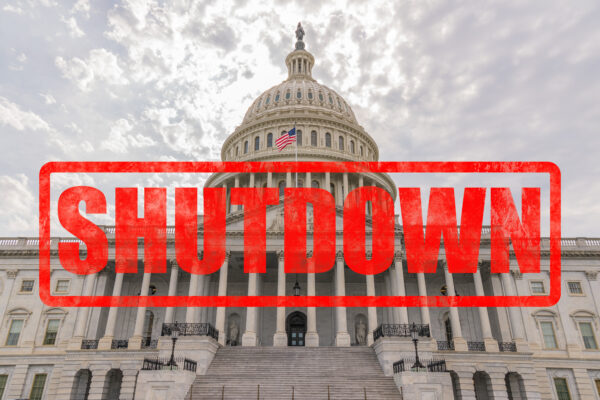Utilities Come Together to Strategize Ways to Protect Vulnerable Customers During Federal Shutdown
By Stacey Bailey, Vice President
More than 130 utility leaders, including members of Chartwell’s Vulnerable Customer Leadership Council (VCLC), Billing and Payment Leadership Council (BPLC), and invited guests, convened last week for a special roundtable focused on sharing and strategizing ways to protect and support impacted utility customers. The discussion centered on how utilities are responding to the financial strain on federal employees and other vulnerable groups, such as those who may be impacted if Supplemental Nutrition Assistance Program (SNAP) benefits are delayed due to the shutdown.
With an estimated total U.S. household electric and gas utility debt between $17.4 billion and $21.1 billion, and approximately 16.3% of U.S. households in arrears as of late 2024, this added burden on both utilities and customers is of great concern (NEADA 2025).
Meeting Leadership and Coordination
The session was led by Pat Ricks, Senior Consultant at Chartwell and VCLC lead, who guided members through key topics including customer protections, eligibility adjustments, and communication strategies. Ricks encouraged members to anticipate evolving customer needs and continue sharing approaches to support those newly affected by the shutdown.
Utility Actions and Best Practices
Several utilities across the country shared proactive steps to safeguard customers during the crisis. National Grid has implemented a self-attestation form with zero-down payment plans and flexible terms, while Pepco has implemented late payment charge waivers and is offering flexible payment options. BGE is urging coordination on potential debt relief programs, including the Fuel Fund of Maryland. Austin Energy is offering a 30-day pause in collections and flexible reconnection options for any self-identified impacted customer.
Other utilities, including Con Edison, Consumers Energy, NOVEC, and PSE&G, emphasized state and local protections such as winter moratoriums, targeted communication, and energy assistance programs. Many are tracking participation rates and refining eligibility criteria to capture customers who are qualifying for aid for the first time.
Chartwell asked utilities to rank four different, common strategies for effectiveness in managing this situation. The results are shown in the graph below.

Disconnect moratoria ranked as both the strongest first choice (37%) and the strongest fourth choice (45%), with many respondents prioritizing service continuity while expressing strong concern with the potential impact on arrearages and customers falling even further behind in managing debt.
Payment Arrangements showed strong overall support across rankings and had the highest combined score for first and second place (55%), demonstrating a more balanced approach.
Arrears Management Programs saw the most balanced prioritization across all four choices.
Fees and Deposit Waivers/Reductions were most often selected as the second choice (42%).
Looking Ahead
The roundtable participants concluded that continued collaboration and monitoring are essential as the shutdown evolves. By emphasizing flexibility, compassion, and clear communication, utilities are ensuring that vulnerable customers remain connected to essential services. Chartwell will continue to monitor these utility programs and provide a forum for utilities to share strategies and experiences with serving impacted customers during the shutdown.
To learn more about the Vulnerable Customer and/or Billing and Payment Leadership Councils, please don’t hesitate to reach out to Tim Herrick.
You may also like these blog posts:
- Utilities, Partners Act to Mitigate Government Shutdown Effects on Vulnerable Customers
- Breaking Barriers in Utility Billing Through Automation and Affordability
- Executive Issue Paper No. 09 – Energy Affordability in a Changing Policy Landscape
Utility Customer Research – Insight Center:





